Do you sell to or receive government funding? You need to know this about Section 889.
By David Strickland, Vice President of Kenton Brothers
National Defense Authorization Act Section 889 – A Plan for Compliance
 The Federal government has enacted both phases of the NDAA Section 889 rules and it has led to the removal of several manufacturers of telecom and surveillance equipment throughout the United States. As of August 13, 2019, all federal agencies, federal contractors, colleges and universities and private companies that hold federal contracts or receive federal funds are mandated to remove any and all products from the following companies:
The Federal government has enacted both phases of the NDAA Section 889 rules and it has led to the removal of several manufacturers of telecom and surveillance equipment throughout the United States. As of August 13, 2019, all federal agencies, federal contractors, colleges and universities and private companies that hold federal contracts or receive federal funds are mandated to remove any and all products from the following companies:
- Huawei Technologies Company
- ZTE Corporation
- Hytera Communications Corporation
- Hangzhou Hikvision Digital Technology Company
- Dahua Technology Company
Hangzhou Hikvision Digital Technology Company and Dahua Technology Company are two of the largest commercial video surveillance manufacturers in the world. They operate and distribute through OEM (Original Equipment Manufacturer) over 100 brands around the globe. Some of these brands include:
- HIKVISION
- BOSCH
- ADT
- FLIR – Specific Models
- HONEYWELL
- DMP
- PANASONIC
- TOSHIBA
- INTERLOGIX
As of August 2020, all federal agencies, contractors and those receiving federal funds are required to perform due diligence in determining what components are present on their networks as well as prohibit the use or implementation of any further products from these companies. All prohibited items found on the network or in possession were to be removed or face penalties including denial of future contracts or funds from federal contracts.
This situation has left many agencies and entities scrambling for solutions on where to start and how to be compliant.
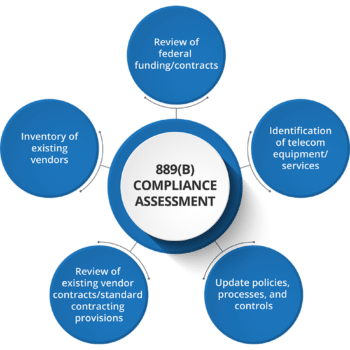 We will take the time to help define the steps your organization may need to take to become compliant.
We will take the time to help define the steps your organization may need to take to become compliant.
1. Education: Read and understand the rules and necessary actions for compliance. (See below for several links to help in this process or contact us at Kenton Brothers Systems for Security to run down the most current list of prohibited technologies.
2. Assessment: Through reasonable inquiry, determine whether you use “covered telecommunications” equipment or services. This would include a survey of all devices used in video surveillance and access control, WIFI management and network controllers.
3. Construction: Though builds are a great place to start, visual inspection is another way to determine what brands are installed on your system. Kenton Brothers Systems for Security can also help with this step by doing a complete walk through of your systems and determining you risks.
4. Create a Cost of Removal and Replacement Plan: Once your assessment is complete, we determine what pieces and parts need to be removed and replaced to maintain current security and performance levels. Kenton Brothers Systems for Security can help this by creating a complete proposal. Many times, we can utilize several components from your current system lowering you cost of replacement dramatically.
5. Apply for Waivers: As it is already past the deadline for these systems to be removed, you will need to apply for a waiver that will permit you a one to two-year period to remove or replace all non-compliant items in your organization. This will include a detailed plan for compliance over the next 12 or 24 months. This waiver will need to include a project timeline and measurable targets with dates attached. Kenton Brothers Systems for Security can help you complete this plan for submittal.
6. Apply for Grants: Federal dollars have been put aside for compliance in these matters. We have posted a couple of links below for your convenience.
We want you to know you’re not alone in navigating the intricacies of the NDAA Section 889 rules.
Kenton Brothers Systems for Security can help you identify your risk, create a plan for mitigation and compliance and partner with you for long term support. Give us a call to get started.
Additional Resources
A great resource for all section 889 resources – This is a “must have” link.
https://www.acquisition.gov/FAR-Case-2019-009/889_Part_B
GSA Acquisition Letter MV-20-10 implementing Section 889 – Includes Specific rules and compliance steps
https://www.gsa.gov/cdnstatic/MV-20-10_0.pdf
Video recording of how private companies will need to be compliant:
https://bluegur.us/3iwnx88
Another Video specifically designed for Federal Agencies and resources available:
https://bluegur.us/3mgg1Rt

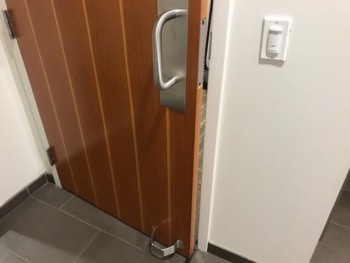
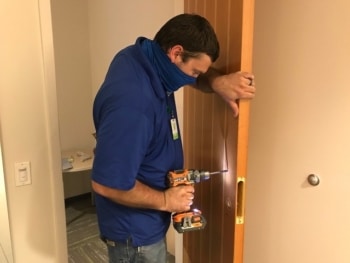

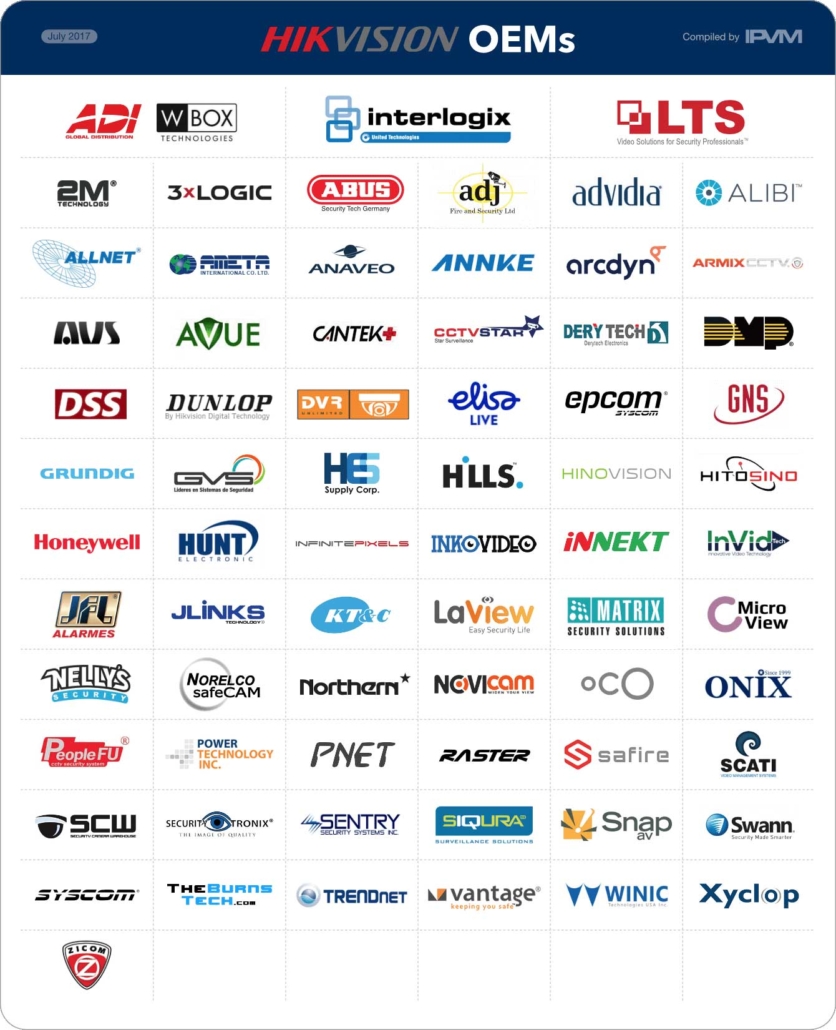
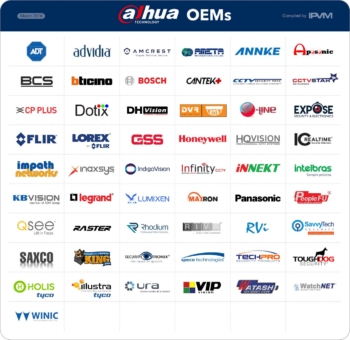
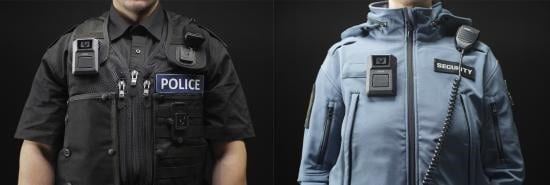
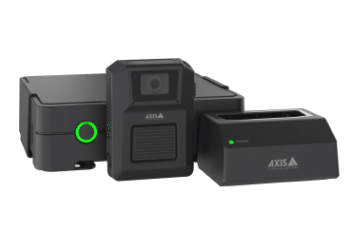 The Axis camera solution offers several benefits:
The Axis camera solution offers several benefits: